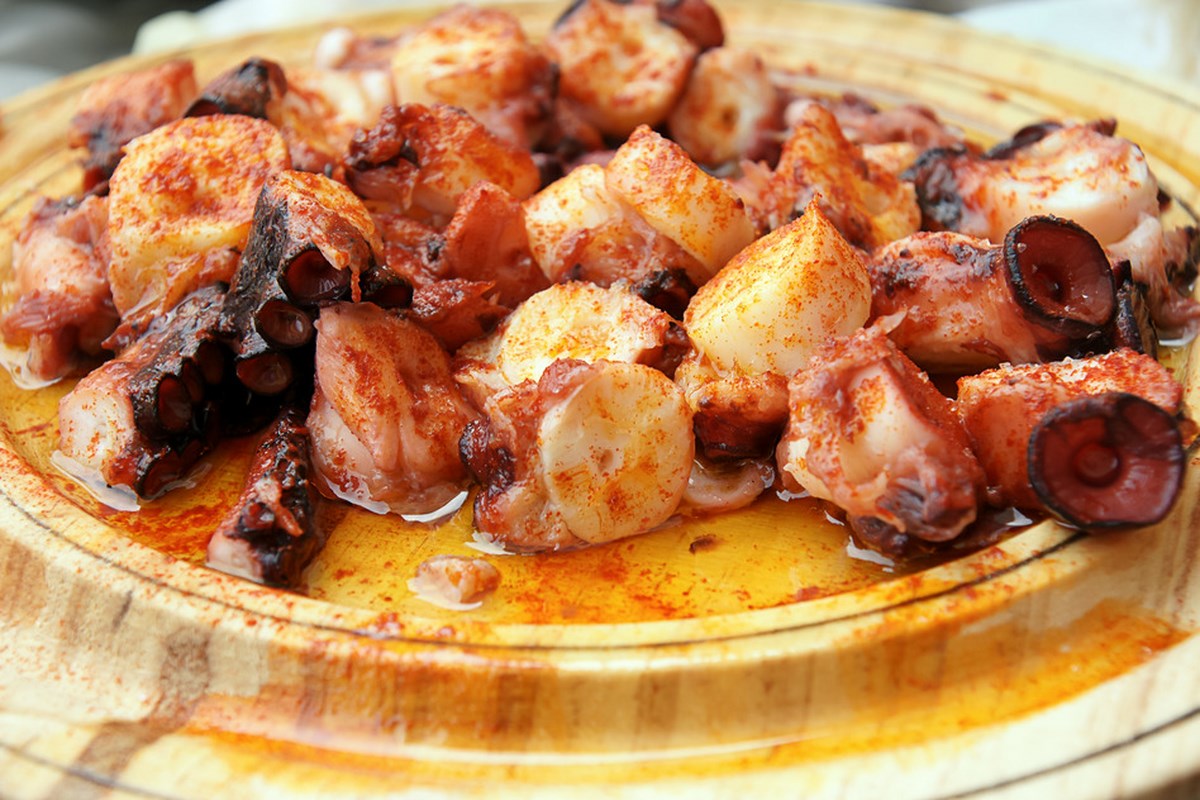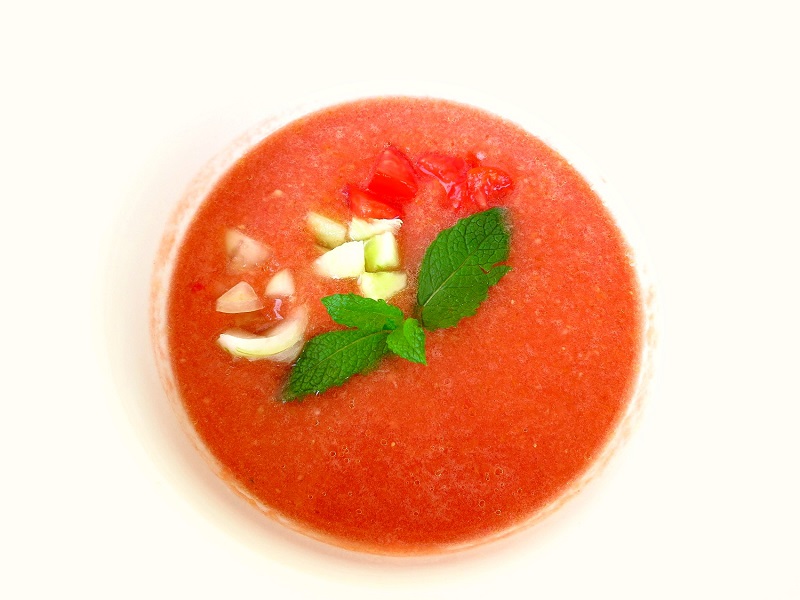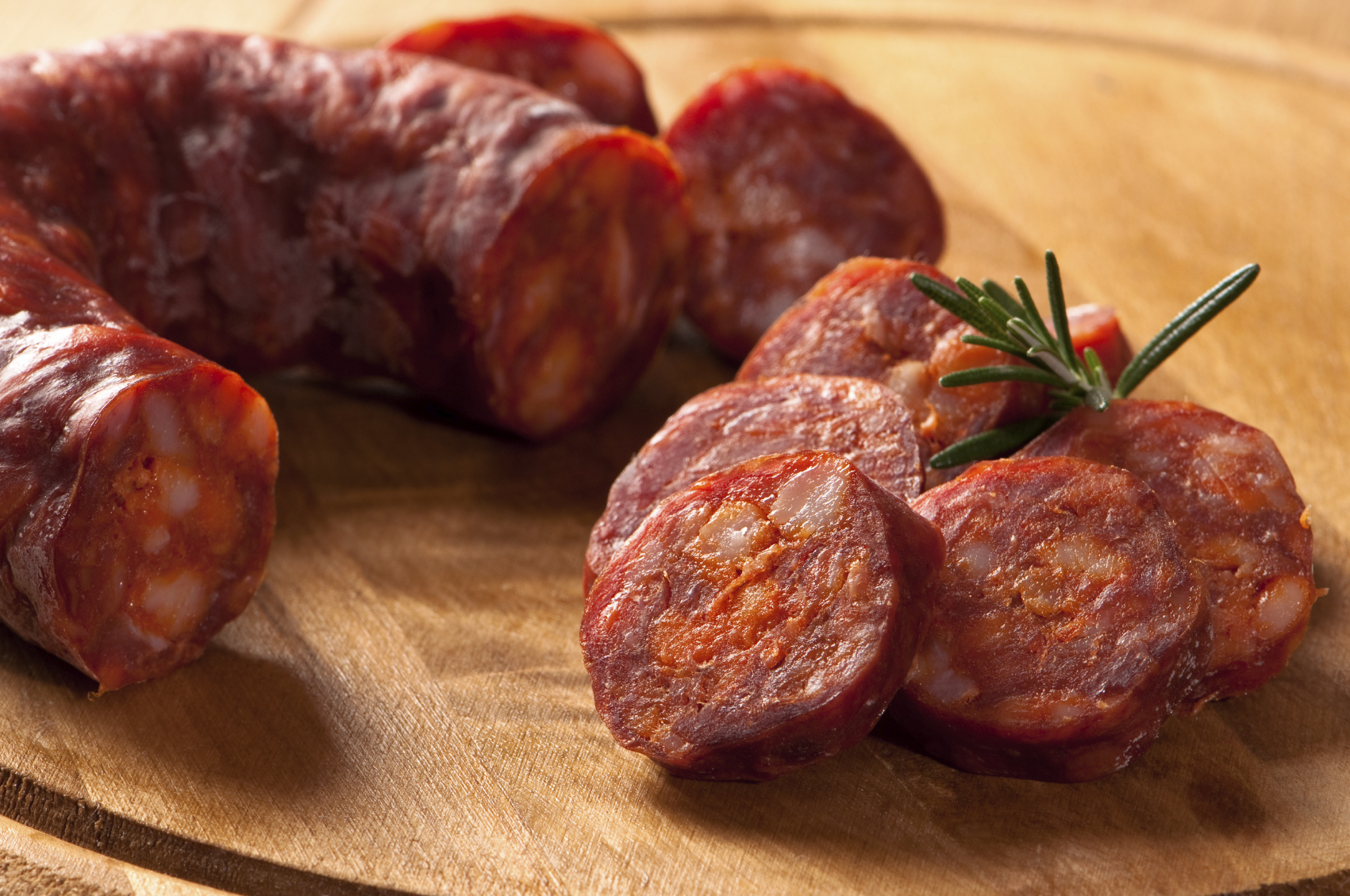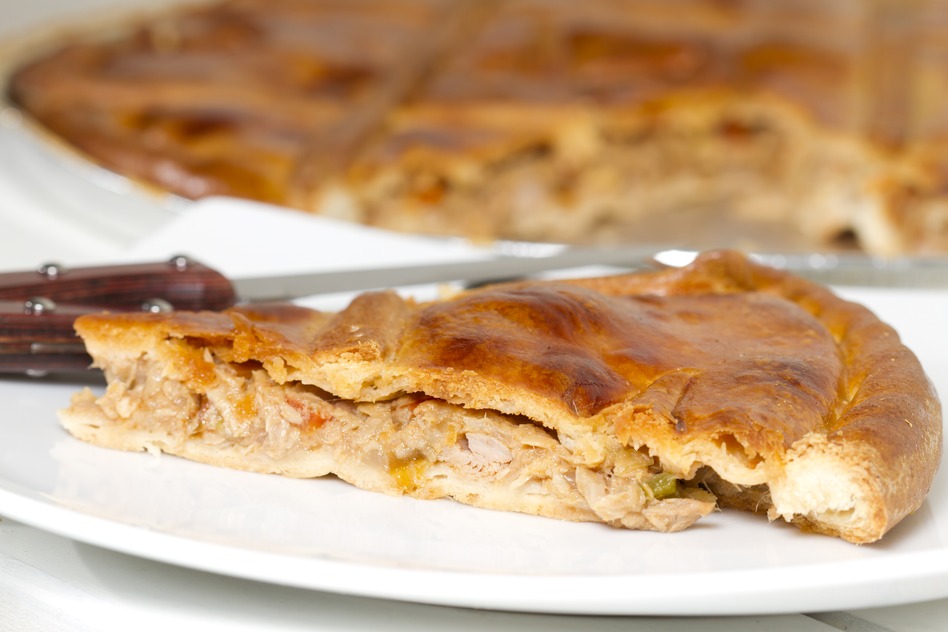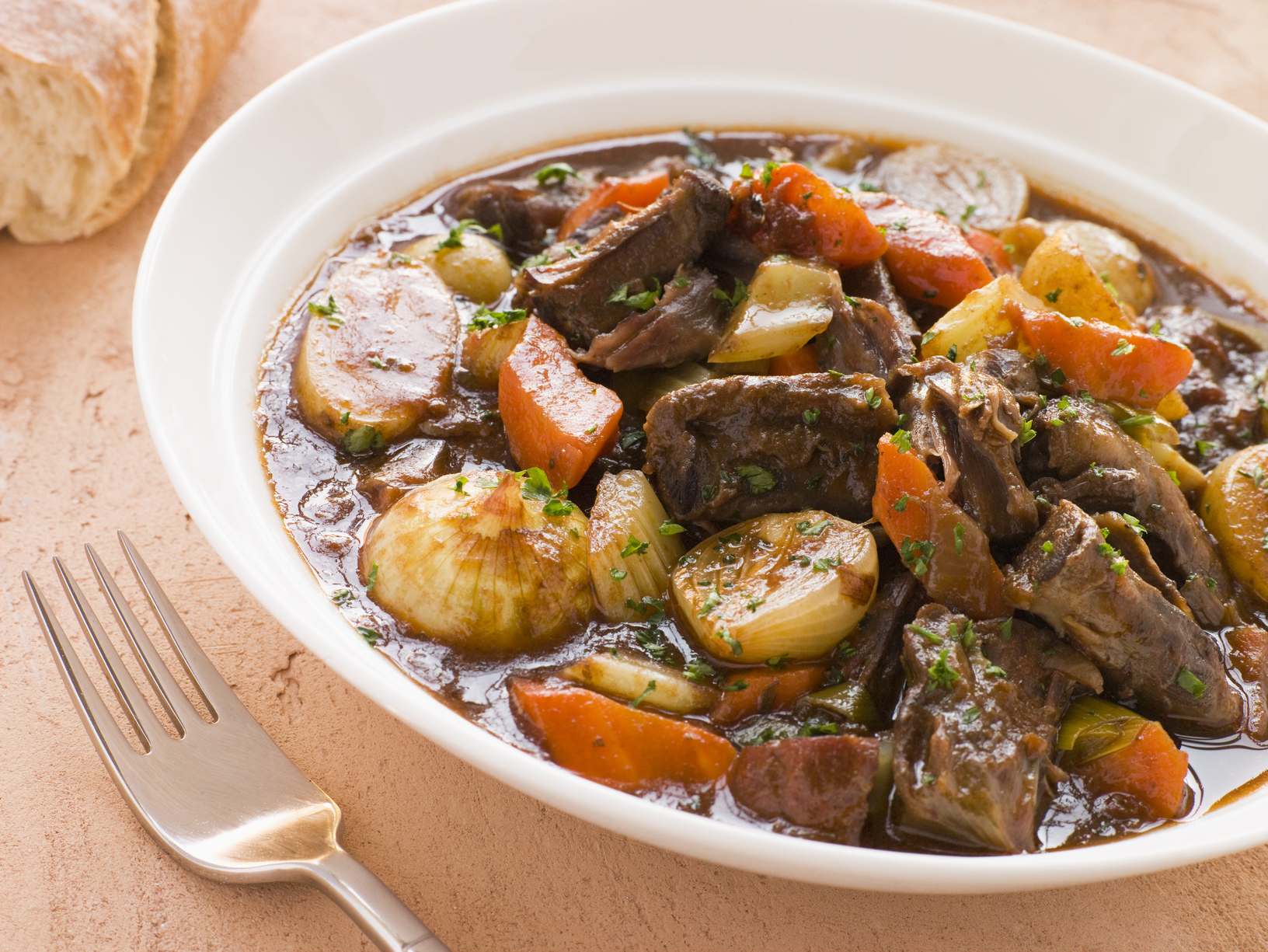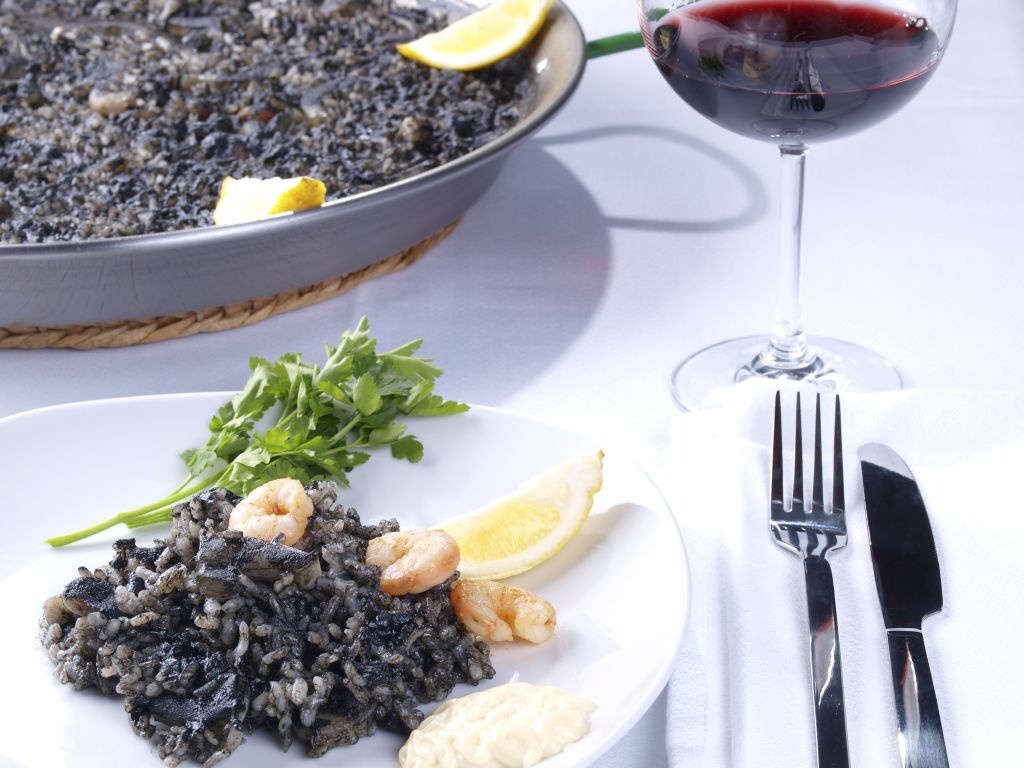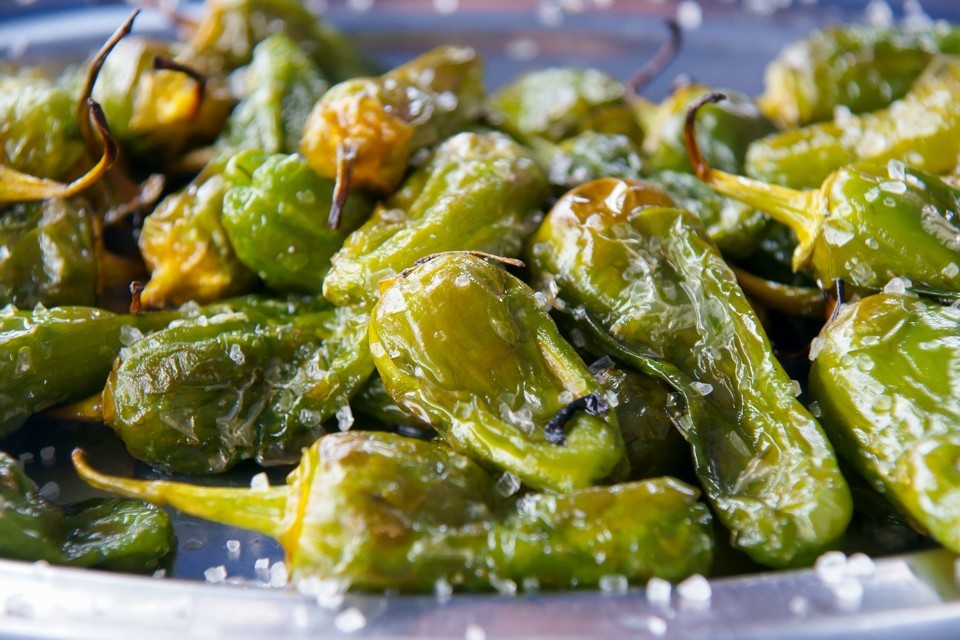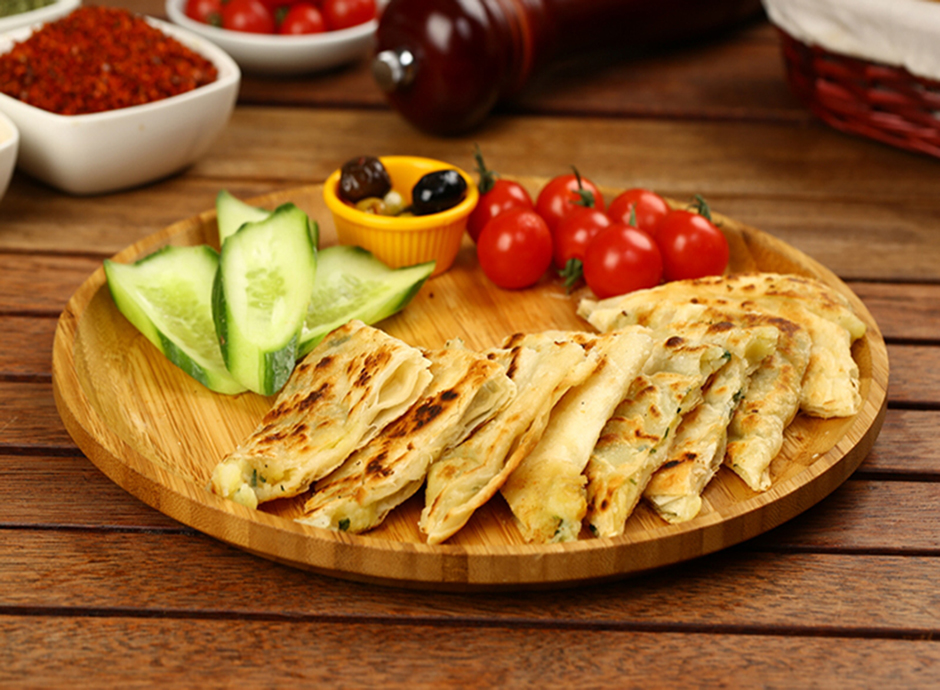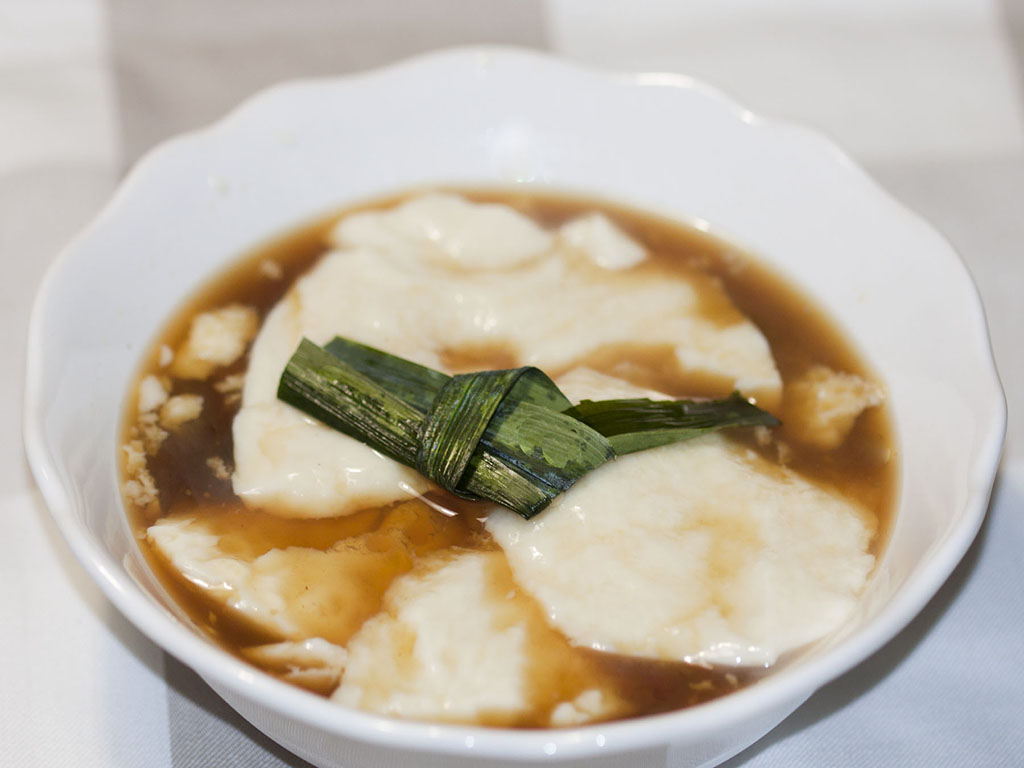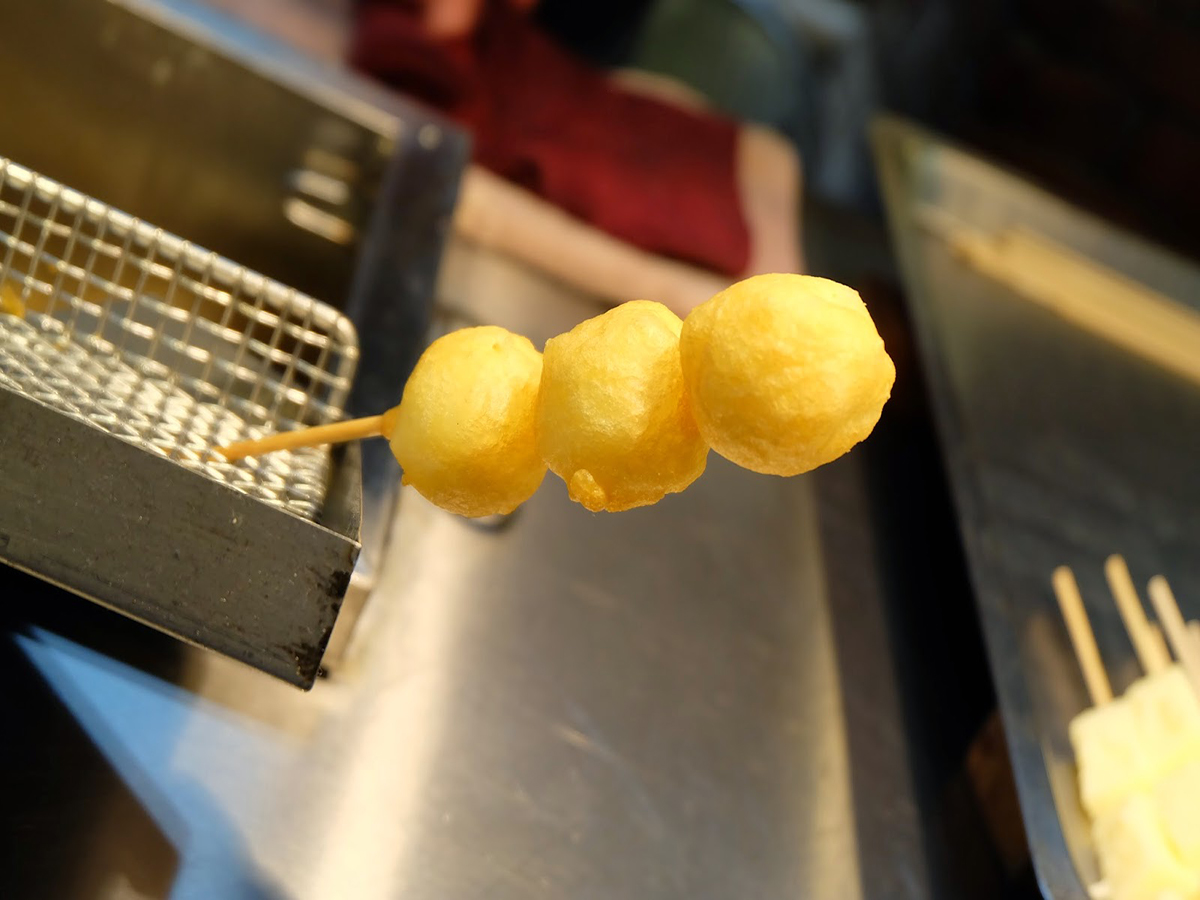10 Of The Best Spanish Foods
That time when everyone visiting Spain was eager to try local classics such as paella, sangria, or tortilla Espanola seems long gone. Nowadays, more and more travelers want to get a true taste of Spanish cuisine, with all the regional specialties, century-old traditions, and Middle-Eastern influences that define it.
1. Pulpo a la Gallega (Galician octopus)
The origin of Pulpo a la Gallega dates back some 125 years, when during the cattle fairs, muleteers used to bring their own octopus and cook it with olive oil and lots of paprika. That’s how the Galician octopus became a typical fair dish, hence the name Pulpo a la Feria (Polbo á Feira).
For an extraordinary experience, don’t miss the Octopus Festival held each August in O Carballiño, Ourense.
2. Gazpacho
Traditionally served in summer, the classic Gazpacho Andaluz is a delectable and refreshing tomato soup usually made of tomato, cucumber, onion, stale bread, olive oil, wine vinegar, garlic, salt, and pepper. Depending on the area of origin, it can be served with croutons, chopped vegetables, ice cubes, and even ham.
Each August, the small town of Alfarnatejo, near Malaga, plays host to a delightful Gazpacho Festival where visitors have the chance to indulge in the iconic Andalusian dish and cheer themselves up with a traditional flamenco show.
3. Jamon
One of the country’s most treasured foods and a highly prized produce all over the world, the Spanish jamon is still made using century-old techniques and labeled according to the pigs’ breed and diet. Theoretically, Spain boasts two different types of cured ham – Jamon Serrano and Jamon Iberico, but in reality there are many variations available throughout the country.
Also known as Jamon Reserva or Jamon Curado, the famous Jamon Serrano is a dry-cured ham usually made in the Spanish sierras form various breeds of white pigs, including Landrace, Duroc, or Large White.
The exquisite Jamon Iberico, however, is a different story. Arguably the greatest ham in the world, this ancient delicacy is made exclusively from black Iberian pigs that roam freely on the picturesque oak pastures of southwestern Spain. The process is both elaborate and very rigorous, and lasts for at least three years. From the finest to the most common, Jamon Iberico is categorized as follows: Jamon Iberico de Bellota, Jamón Iberico de Recebo, Jamón Ibérico Cebo de Campo, Jamón Ibérico de Cebo.
4. Chorizo
The Spanish chorizo can be sweet or spicy, served raw as a tapa, or added in various dishes. Some of the most important types include Chorizo Zamorano – a variety made in Castile and Leon and protected by a Marca de Garantia; the sweet Chorizo de Pamplona; Chorizo Riojano, which is protected by PGI; Chorizo Patatero (made with potatoes); Chorizo Canario (typical to the Canary Islands, with a consistency similar with that of French pate); and those made in the province of Salamanca. The finest smoked varieties can be found in Asturias, Galicia, and Cantabria.
For a quintessential Spanish experience, try it with Manchego cheese and a glass of Rioja.
5. Empanada Gallega
The name itself comes from the Spanish verb “empanar”, which means “to wrap in bread”. The filling can range from minced pork and chorizo to tuna, sardines, peppers, as well as other seafood and vegetables. A highlight is the delicious slow-cooked onion sauce (with or without tomatoes), which gives the dish its depth, flavor, and a touch of sweetness.
Although originally from Galicia, empanadas are popular throughout the world, especially in Southeast Asia, Latin America, and Europe.
6. Rabo de Toro
Although ingredients may vary from one recipe to the next, some of those commonly used include carrots, garlic, onion, olives, tomatoes, and spices. Some variations can also contain a bit of wine (Jerez) and even chocolate.
7. Arros Negre (Arroz Negro)
However, if you’re visiting Catalonia or the Valencian Community, skip the hyped paella, which is now a traditional Spanish food and can be found all over the country, and try the local and equally delicious Arros Negre. This dish hails from Castellon and its traditional recipe uses white rice, squid or cuttlefish, seafood broth, olive oil, paprika, onion, and squid ink, the secret ingredient which gives it the intense dark color. Arros Negre is usually served with allioli (aioli).
8. Fabada Asturiana
Due to its great nutritional value, Fabada Asturiana is commonly served during the cold winter months, but it’s not unusual to find it on many restaurant menus all year round.
9. Pimientos de Padrón
Originally from Mexico, these small green peppers are now protected under the Pemento de Herbón PDO, and served fried in olive oil and dusted with coarse-ground sea salt in Galician tabernas and tapas bars across the country. The fun part is that although they’re mostly mild and delicious, occasionally you can come across a very hot one. That’s why the process of eating them is often called the “Spanish Roulette”.
In order to honor the delightful Pimientos de Padrón, a gastronomic festival is held each year, in the first Saturday of August, (since 1979) in the Herbon parish (La Coruna).
10. Gambas al Ajillo (Garlic shrimps)
This is one of the tastiest and most widespread tapas dishes, so you can find it in bars and restaurants all over the country, sometimes even served as a main course. The focal ingredients are shrimp, garlic, and olive oil, but even so, it’s hard to find two versions that taste the same, as Spanish cooks tend to add their own touches to every food they’re preparing. The classic recipe will always include a bit of dry sherry (Vino de Jerez), sweet Spanish paprika, fresh lemon juice, and parsley.
Source Spainattractions


The best Christmas drinks from around the world
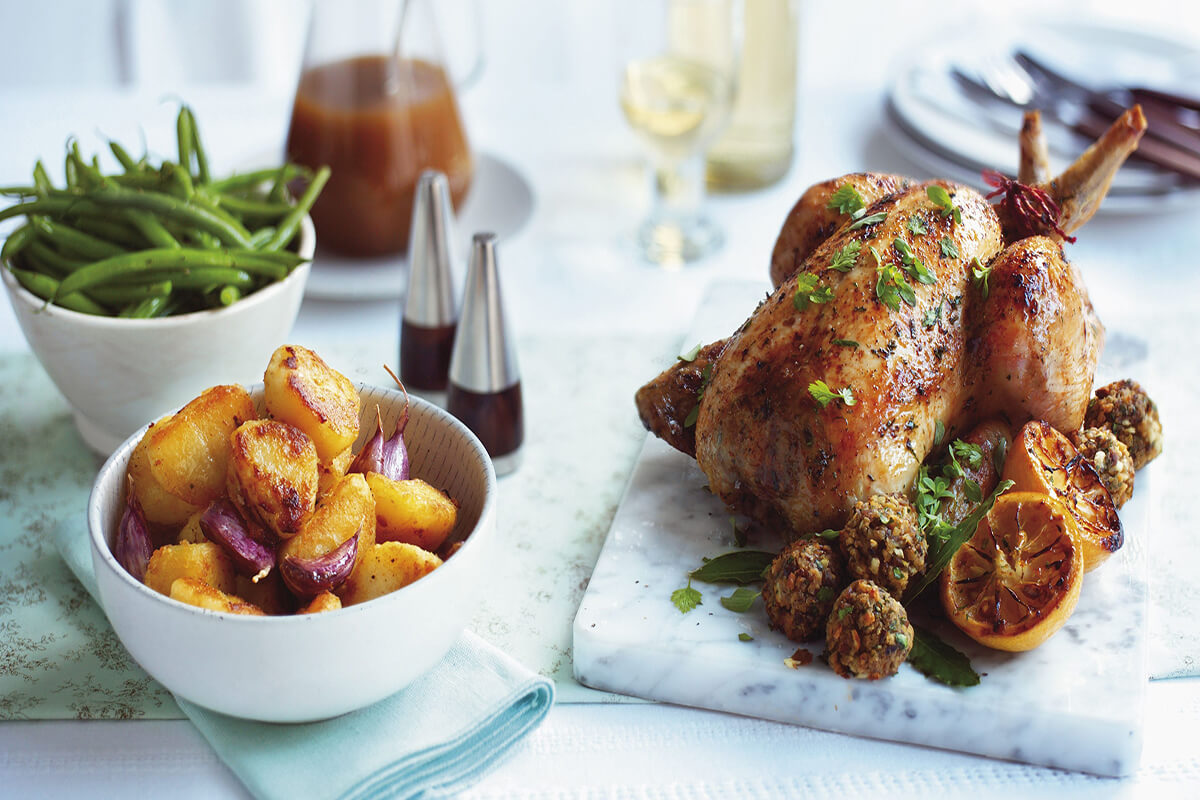
Traditional Christmas dishes from around the world
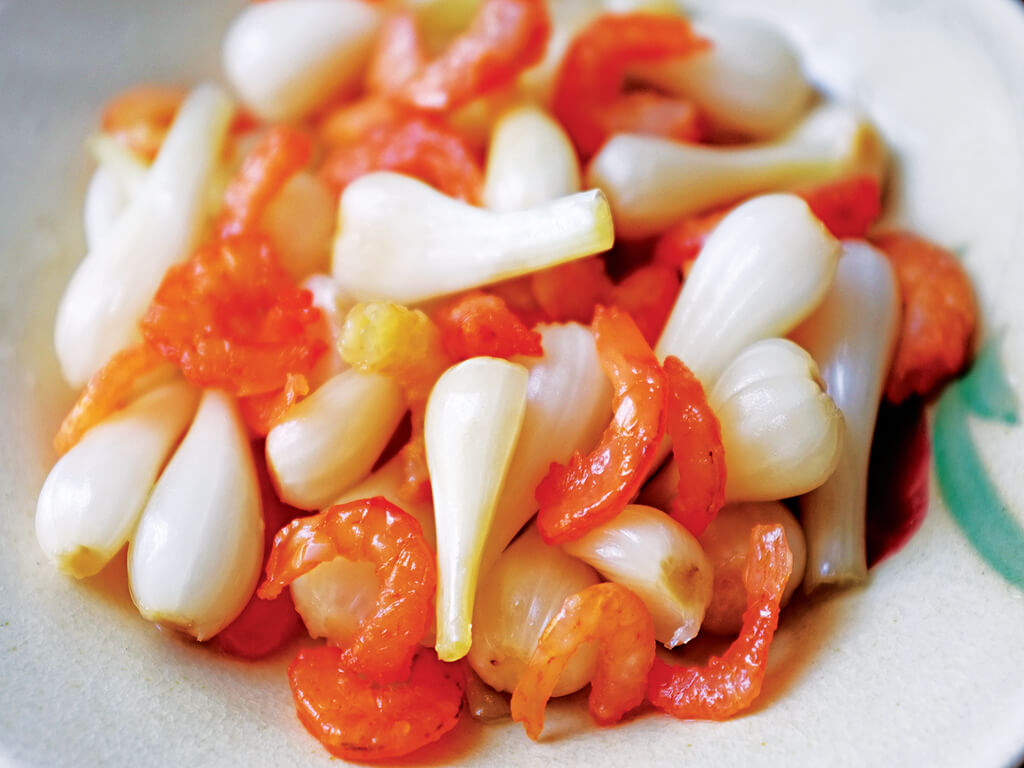
10 traditional Vietnamese Tết Dishes
The best restaurants in Chiang Mai
Chiang Mai is famous for the good Northern Thai cuisine that is different from what you see in Bangk ...
Top five foods to try in Turkey
Turkish food can be found in most major cities and has become an increasingly popular type of cuisin ...
Dining in paradise: The Maldives' finest tables
Set in the impossibly turquoise blue waters of the Indian Ocean, the islands of the Maldives have be ...
10 best desserts to try in Hong Kong
Desserts are serious business in Hong Kong – so much so that there are shops devoted entirely to des ...
7 foods to eat in Shilin Night Market, Taiwan
Taiwan is known for its street foods and snacks, definitely the one of the favourite stops of foodie ...
Where to drink in Da Lat
Da Lat does not offer the same buzzing drinking and nightlife opportunities as a metropolis like Sai ...







